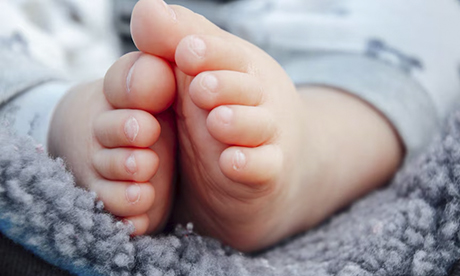According to a KPMG analysis, birth rates in Australia are dropping significantly due to high living costs and unaffordable housing.
The national birthrate has sharply declined since a post-lockdown baby boom in 2021 when there were 315,200 births. In 2023 the figure was just 289,100, marking the lowest annual number since 2006.
Urban economist Terry Rawnsley attributes the “baby recession” to financial pressures and housing costs. Policies aimed at boosting the birthrate, such as flexible parental leave and childcare subsidies, have had little impact.
“We haven’t seen such a sharp drop in births in Australia since the period of economic stagflation in the 1970s which coincided with the initial widespread adoption of the contraceptive pill” Rawnsley said.
Birthrates in Melbourne and Perth are also plummeting, with only Tasmania and Canberra bucking the trend.
Rawnsley noted a long-term downward trend in the birthrate, from 2.0 babies per woman in 2008 to 1.6 in 2023.
The Covid-19 pandemic caused volatility in birth rates.
“Following the uncertainty of pandemic lockdowns, people who had held off having children decided to start families” Rawnsley said.
“The record-low unemployment rate and the stimulus money that flowed into the economy had provided encouragement for people to start having children again.”
However optimism has faded and the reality of economic pressures is now affecting young couples.
Capital cities’ birth rates down
The drop in births is more pronounced in the capital cities:
- Sydney births dropped to 60,860, down 8.6 per cent from 2019
- Melbourne 56,270 births, down 7.3 per cent
- Perth 25,020 births, down 6.0 per cent
- Brisbane 30,250 births, down 4.3 per cent
Canberra was the only capital to see no fall in births since 2019, holding steady at 5,530 in 2019 and 2023.
Rawnsley explains: “CPI growth in Canberra has been slightly subdued compared to that in other major cities, and the economic outlook has remained strong. This means families have not been hurting as much as those in other capital cities and, in turn, we’ve seen a stabilisation of births in the ACT.”
Rawnsley emphasised the economic and social consequences of a falling birth rate.
“Housing affordability has a big impact on fertility” he said. “If a young couple can’t afford a two-bedroom apartment, that limits the number of children they will have.”
He also pointed to the long-term reliance on international migration to supplement the workforce due to a fertility rate below 2.0 for the past 15-20 years. This trend is expected to continue as babies become the next generation of workers.
